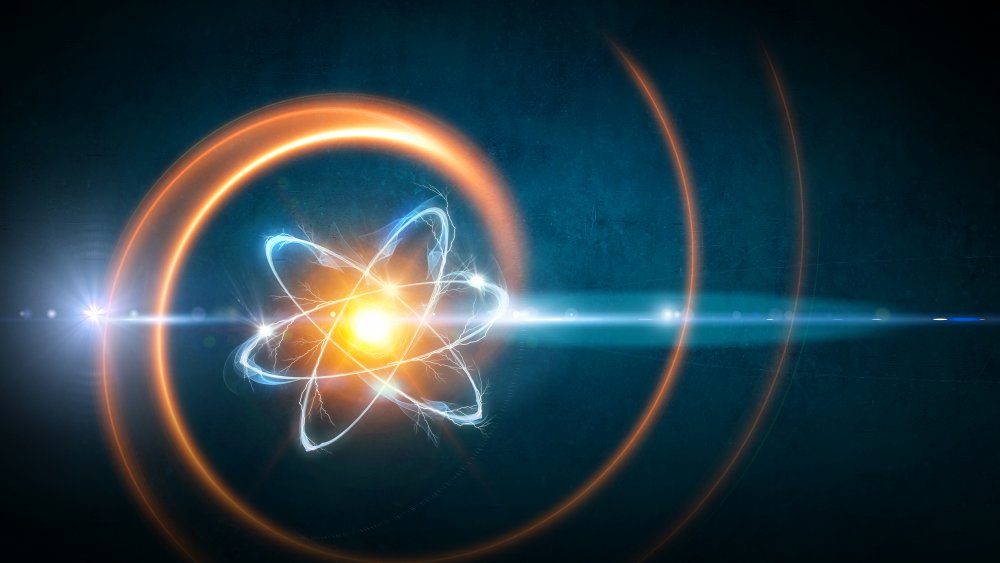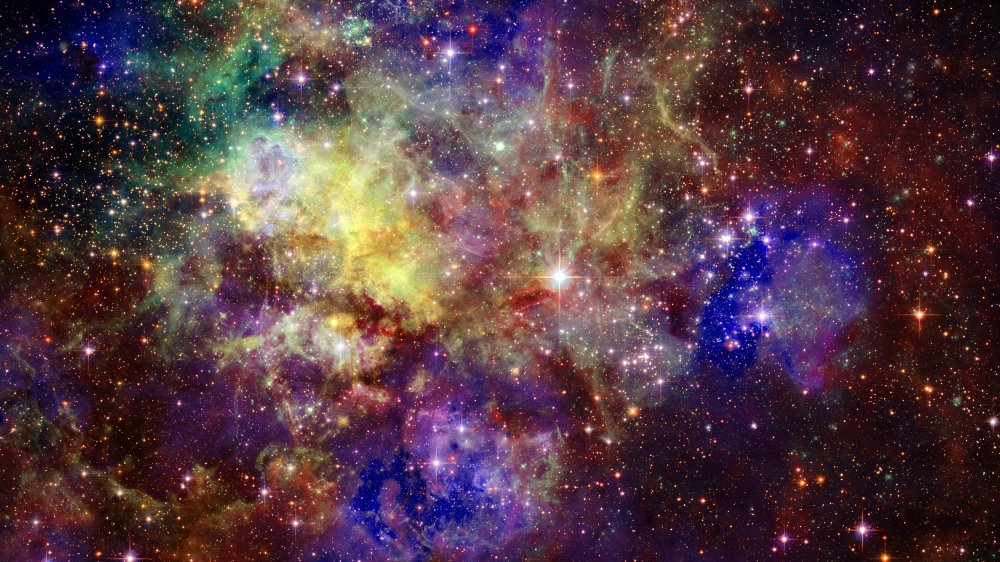A Weird 'Hypernucleus' Confirms Universal Supersymmetry
Even the strange world of subatomic particles isn't above the aesthetic allure of symmetry. According to the particle physicists at CERN, supersymmetry is a prevailing conjecture in particle physics, a prediction of the Standard Model that each particle should have a symmetrical pair. The existence of these pairs would help explain the existence and nature of gravity, the most confounding fundamental force.
At a decidedly sub-empirical level, supersymmetry has a certain elegance to it. It's nice to imagine a universe described by fundamental particles and their perfect pairs. It makes sense. Only, the universe rarely makes sense, and physicists working with particle colliders like the Large Hadron Collider at CERN have failed to discover all the supersymmetrical pairs that would confirm the prediction. The missing particles are such a problem for supersymmetry, that Forbes described it as "the greatest failed prediction in particle physics history." Take that, supersymmetry.
Now, scientists claim that an exotic super-heavy version of the atomic nucleus known as a hypertriton may help confirm a basic symmetry of nature. Perhaps even more exciting to researchers: the hypertriton may also help describe the exotic matter that forms in the cores of neutron stars.
The universe just wants to look good from every angle
In findings published in the journal Nature Physics, researchers scored one for symmetry. According to Science News, the new results showed that the hypertriton is a perfect twin to the antihypertriton. The two particles have the same mass. Hypernuclei like the hypertriton describe a strange class of nuclei where a normal baryon like a proton or neutron has been swapped for an exotic particle called a hyperon. Hyperons are made up of three quarks, so they're also technically baryons, but hyperons contain at least one "strange" quark (that's the technical name), making them heavier and rarer than run-of-the-mill protons and neutrons.
Since the masses of the hypertritons and antihypertritons match, physicists can yet again confirm an important natural symmetry known as charge-parity-time (CPT). A universe with CPT symmetry would look exactly the same if you replaced all its particles with their antiparticle pairs, flipped the universe in a mirror and ran time backwards. As far as we know, that appears to be the case in our universe. This latest discovery just adds additional experimental support to the Standard Model of particle physics.

